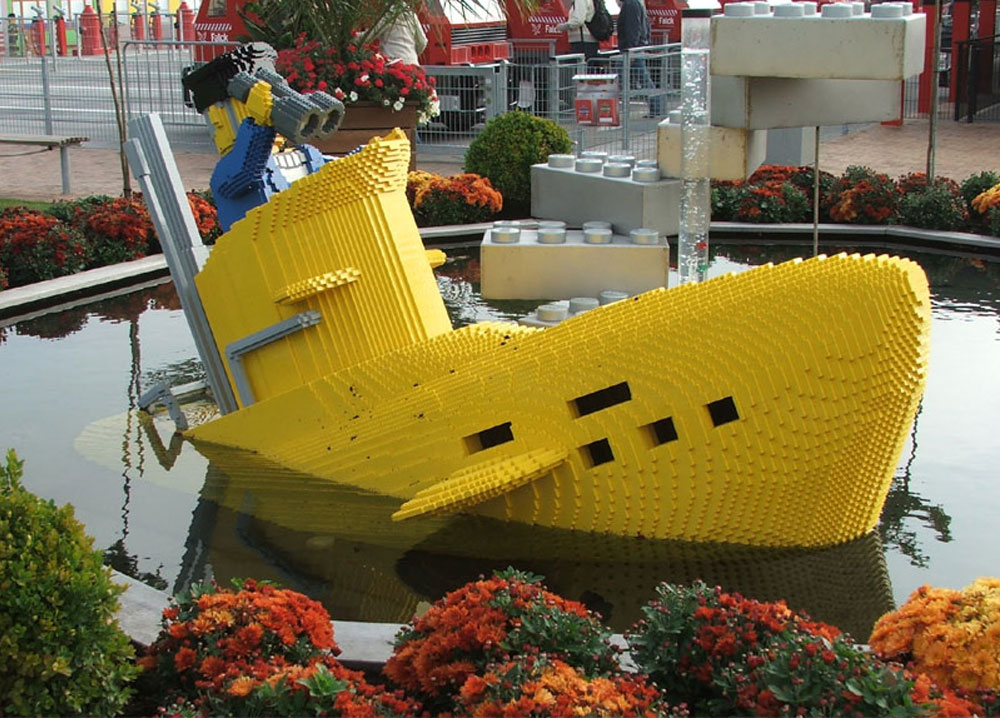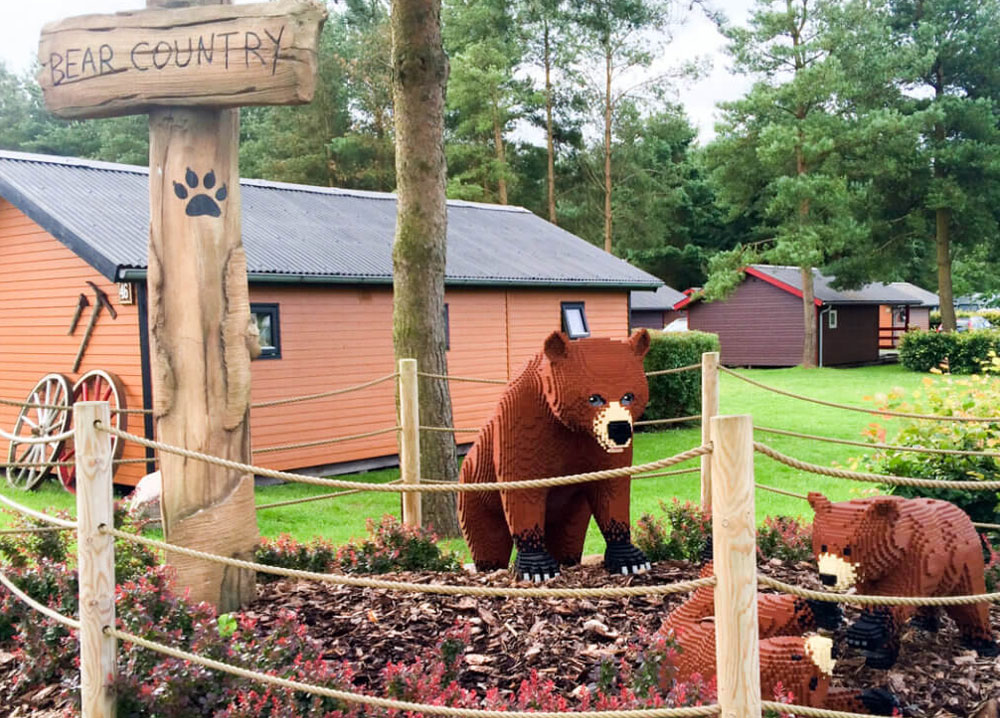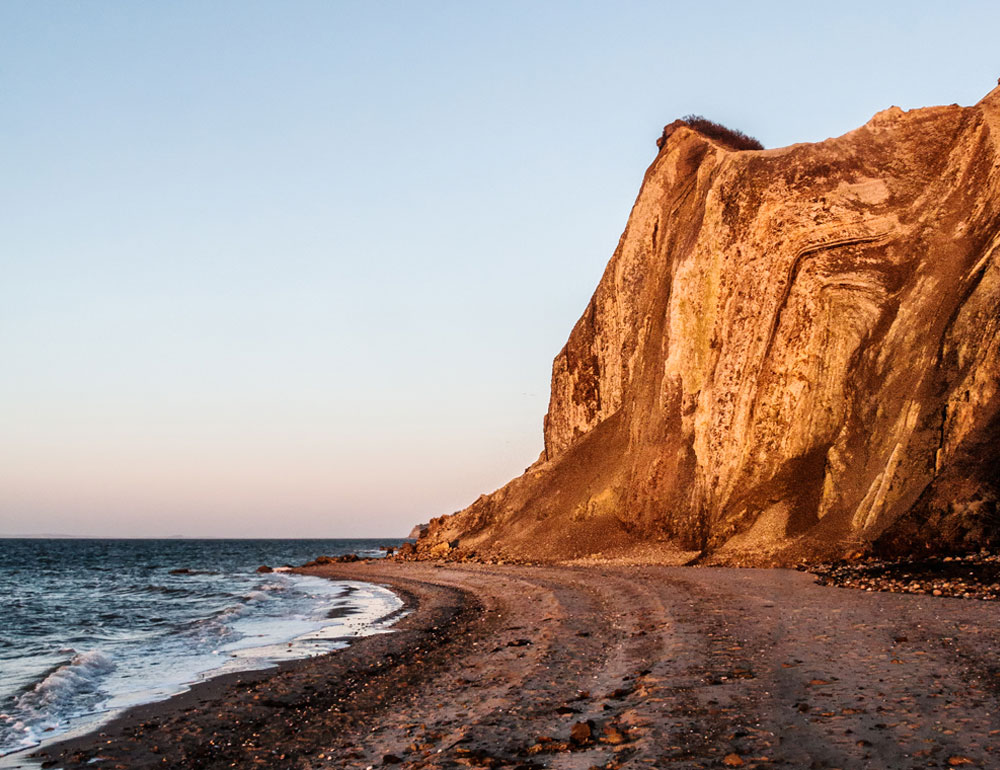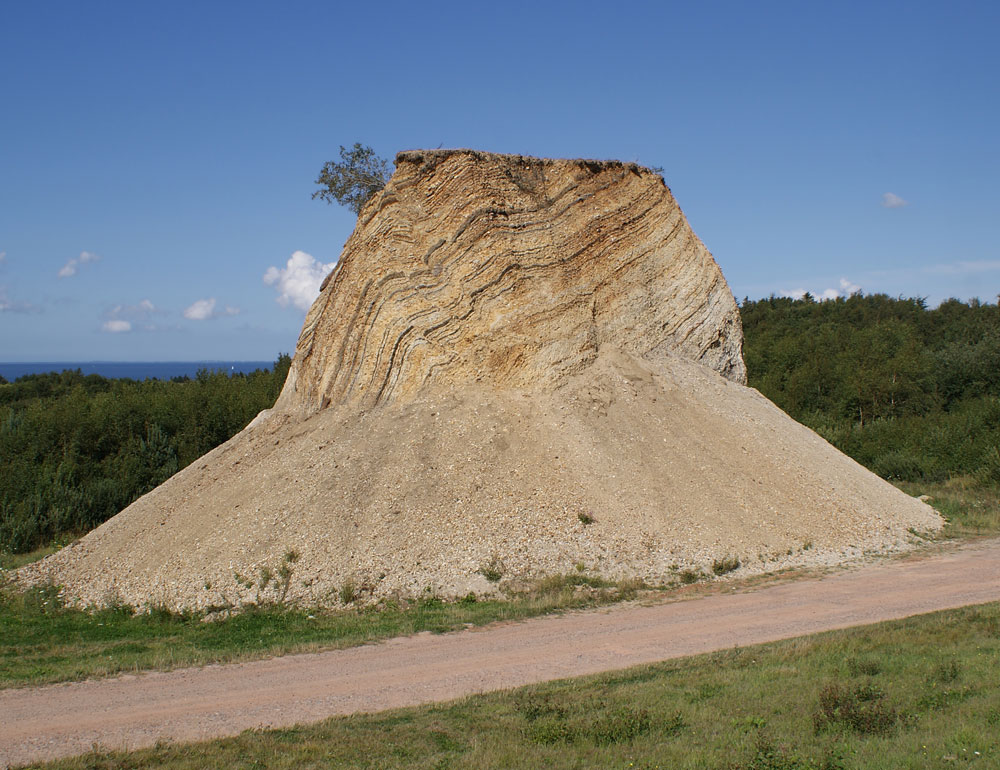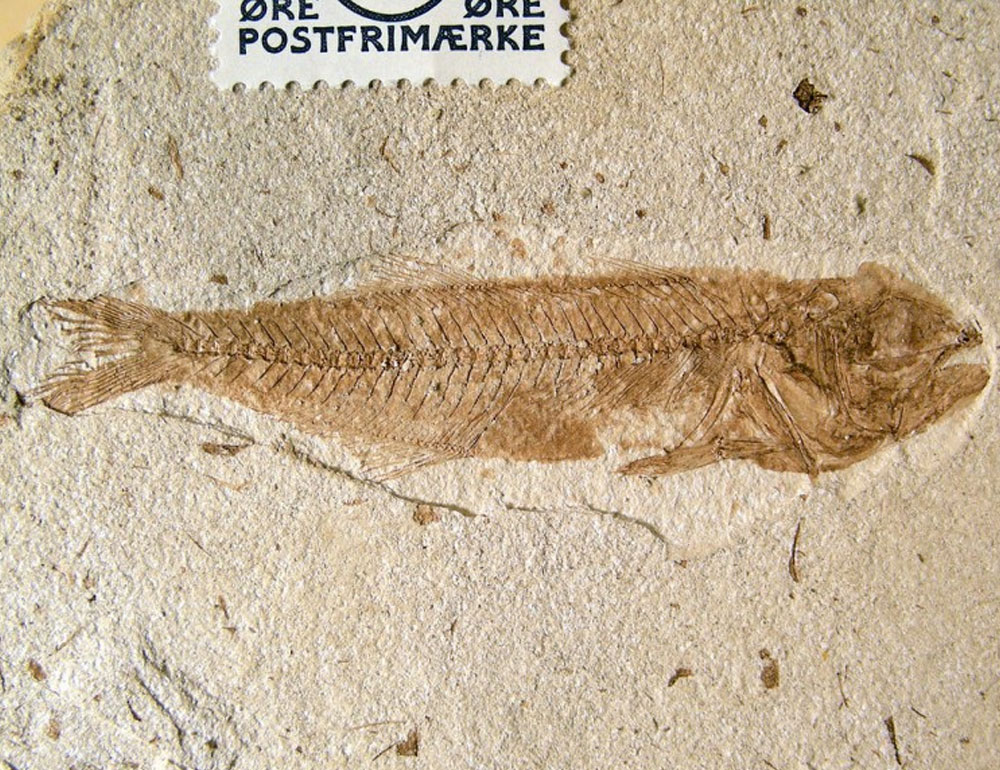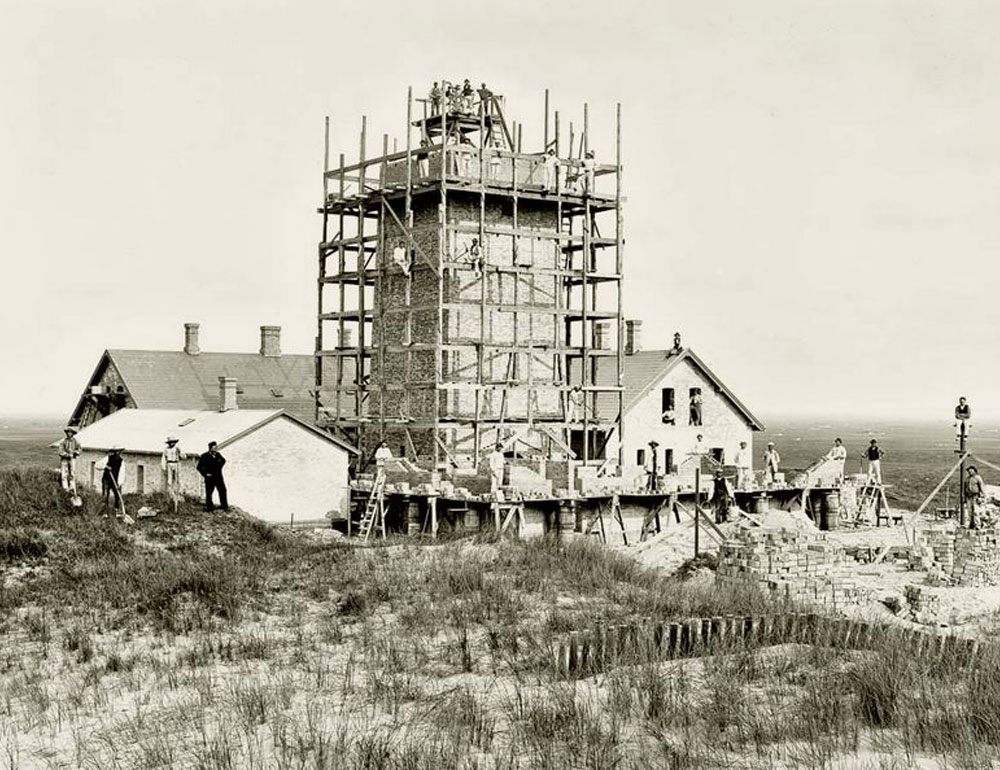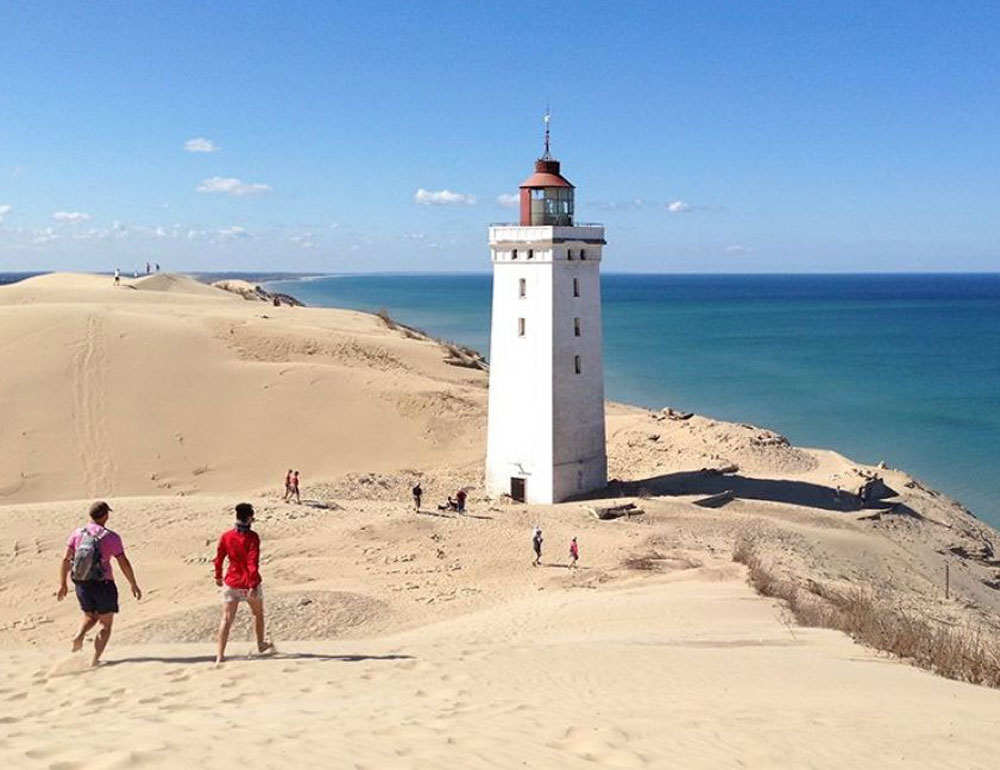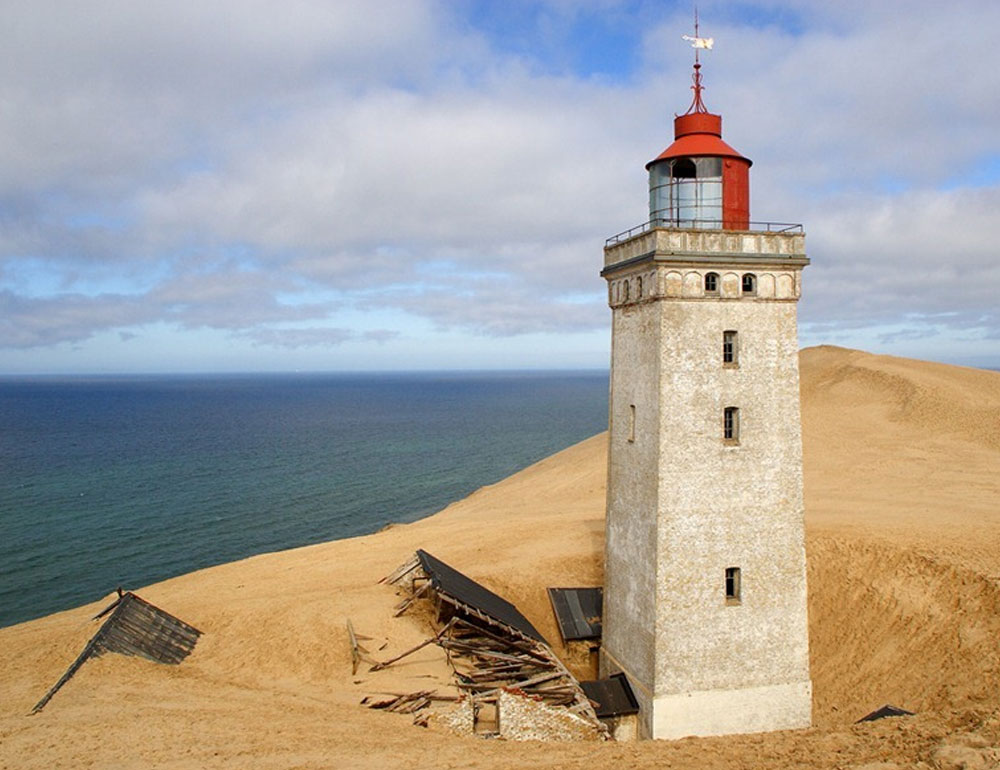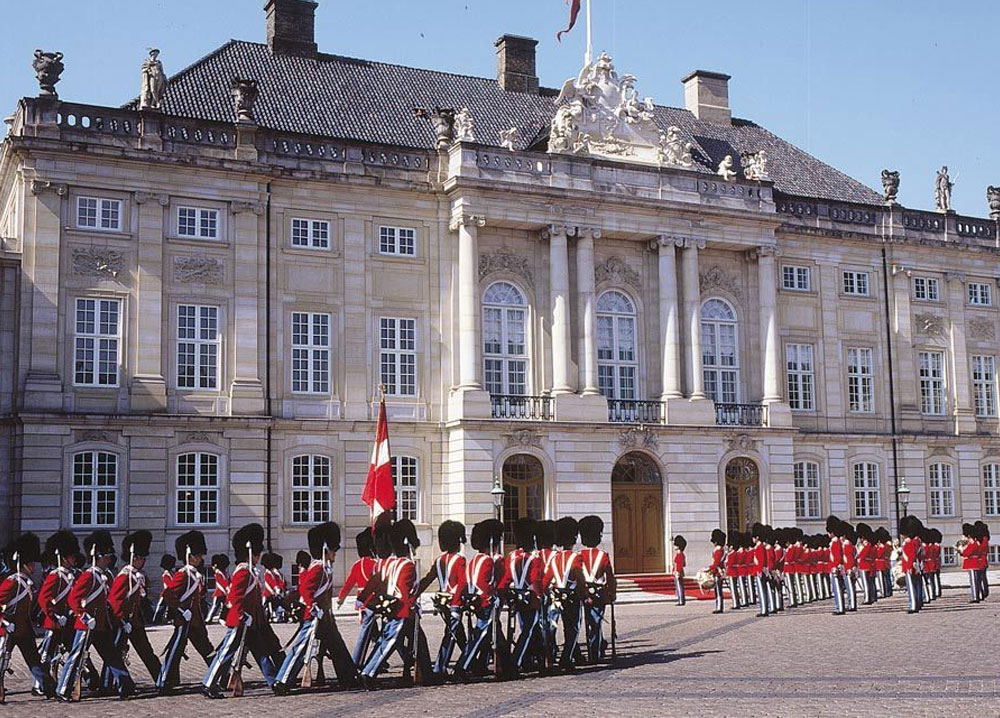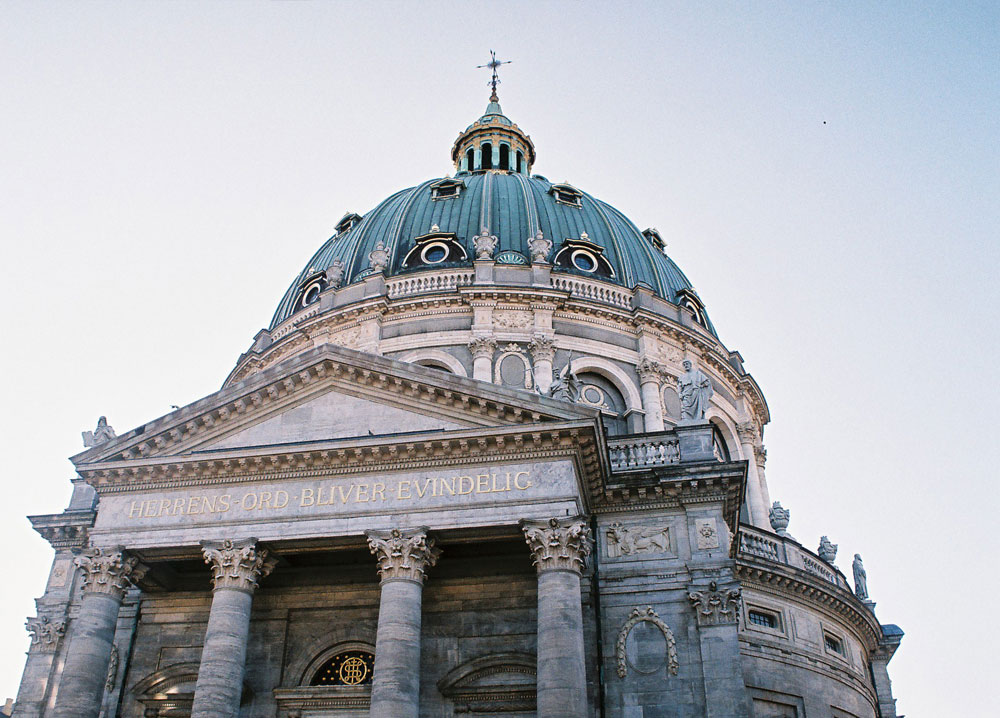Most Memorable Sights in Denmark
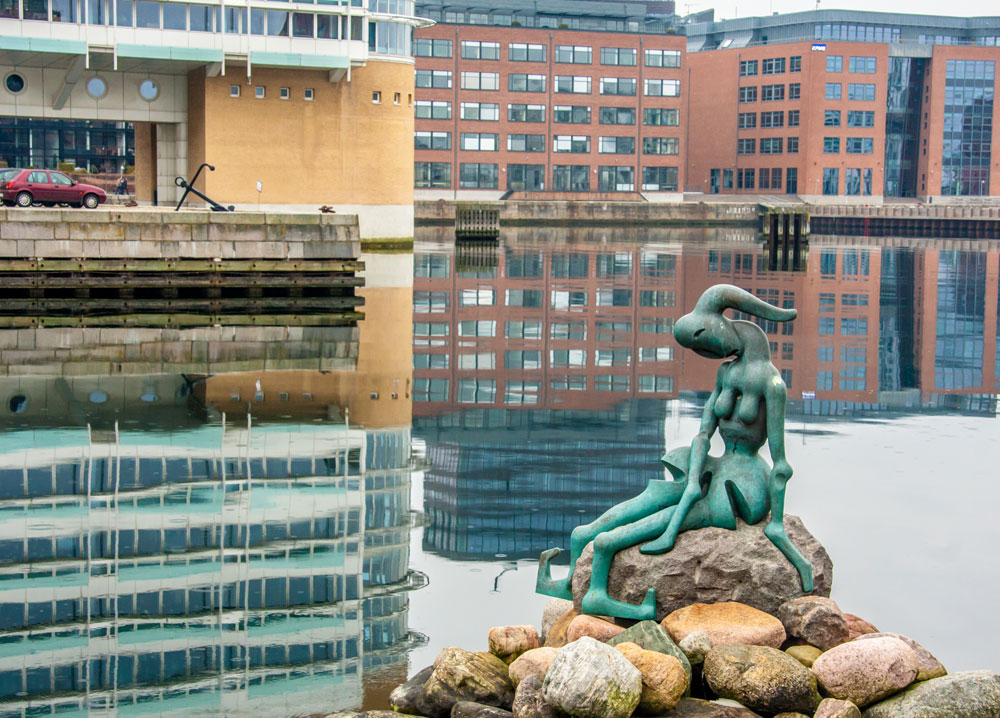
Copenhagen is one of the cities of enlightenment in Europe. Innovative ideas are born here. Danish professor Bjørn Nørgaard was contemplating genetic alterations we are confronted with, which possibly will radically change the way we perceive ourselves as species. The Genetically Modified Paradise exhibition he designed is a way of discussing what kind of an entity the human being actually is, what it looks like now and what it will look like in 100 or 200 years. This mind boggling idea was creatively captured in multiple altered sculptured including the famous Little Mermaid, which was also modified for the purpose of this discussion.
Denmark is gem packed with mind tickling and innovative ideas, solutions and sights, thousands years old tales and traditions. This is truly a treasure chest of Europe.
Not only Danish people are found to be the happiest in the world but they are one of the most innovative humans we know. Maybe all this happiness contributes to their innovative thinking. Or maybe it’s the weather that keeps them on their toes.
Either way, Denmark is home to many memorable creations, nature and manmade. We’ve explored many of them for you to help you plan your next Danish holiday.
Travel Thru the Rainbow
Your rainbow panorama on the roof of the ARoS Art Museum is a spectacular artwork made of the Icelandic artist Olafur Eliasson. It’s a rooftop project’s circular, large glass walkway, measuring 52 metres in diameter and formed in the colour spectrum, via stairs and elevators.
Walk through the rainbow tunnel to rediscover the city of Aarhus. You get to see it in a whole new light, literally. Aarhus is a city in Denmark on the Jutland peninsula’s east coast. This Danish city is perfect for art and history lovers – you can find old town open-air museum here with centuries-old timbered houses, the greenhouses of the Aarhus Botanical Garden and the underground Viking Museum where you can explore early local history.
LEGOLAND® Play Day
Treat your inner child to a play day at LEGOLAND® Billund Resort. The town itself is a central Denmark playground for all ages. It’s of course known as the birthplace of Lego bricks. However, here you also find a thrilling water park with a tropical aquadome. Northwest of town, Karensminde Agricultural Museum showcases farm work in the 18th and 19th centuries. And of course, the Givskud Zoo, northeast, is a grand safari park with lions and gorillas freely roaming its land.
The first Legoland was built adjacent to the Lego factory and was opened in 1968. The Lego factory was founded by Ole Kirk Christiansen in 1949. With 70 years in business, this brand has carved out some great memories in thousands of people around the world. Whether you are travelling with a family, a passionate Lego collector or a child inside, you’ll love your day out here.
If you need help booking a Murano glass blowing tour, just get in touch – we’ll be happy to help you find the best provider.
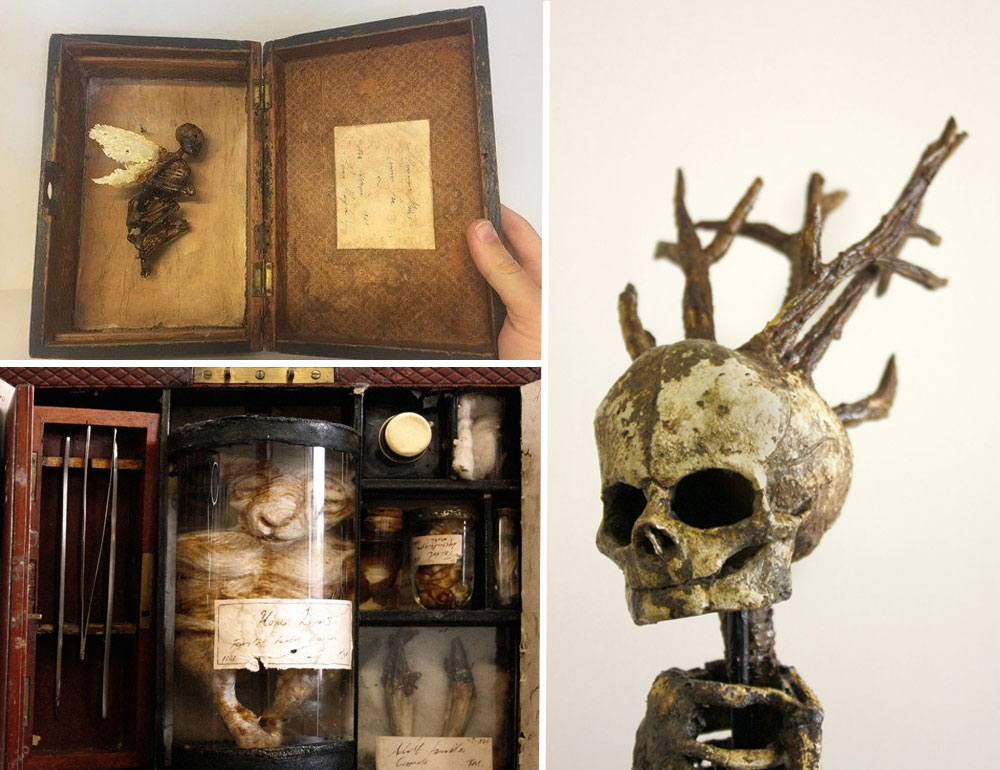
Museum Obscurum
Nykøbing Falster is a southern Danish city that lies on Falster, connected by the 295-meter-long Frederick IX Bridge over the Guldborgsund waterway to the island of Lolland. Nykøbing Falster is a great town to explore. We venture here to explore the unknown.
We often remember some of the most impossible and outrageous events in our lives. The secret cabinet of an eccentric 19th-century collector named Cornelius S.C. Rödder would definitely leave a memorable impression on you.
Rödder established a “dark” collection with a secret entrance in his house, where he kept his vampire skeleton, collection of fairies, and other supernatural specimens. This secret collection was nearly lost, until in 2017 the Museum Obscurum rediscovered a series of crates behind a locked door in a forgotten room. The museum reconstructed Rödder’s home and put his unusual collection on display in the study.
Can you tell what is real here and what is fake?
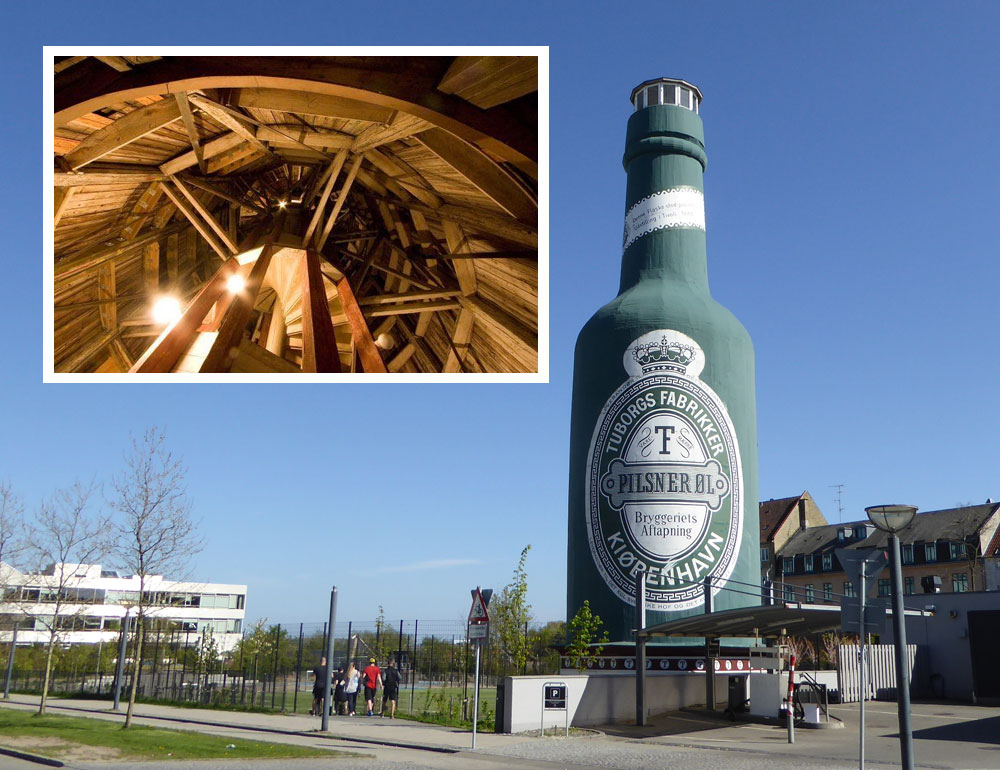
Big Bottle of Beer
Although there is no beer tasting going on here, it’s a memorable sight to visit in Hellerup. This seaside suburb is located just north of Copenhagen.
Built in 1888 for the Nordic Industrial, Agricultural and Art Exhibition, this giant beer bottle is an observation tower that was once outfitted with an internal elevator, Denmark’s first; the elevator has since been replaced by a more maintenance-friendly spiral staircase. Yes, very many stairs.
Just like some of us love photographing a Big Banana or Giant Prawn around Australia, you might enjoy snapping a selfie with a giant beer bottle in Denmark.
Fur Island, Limfjord
Leaving quirky cities of Denmark behind, you are welcome to wander amongst exposed rock formations from ancient seabeds, with visible fish, insect, reptile and plant fossils here, on Fur Island. Your child-like curiosity can indulge in amazing natural discoveries here.
Fur is a small Danish island in the Limfjord at the northern tip of the Salling peninsula. Fur has under 900 inhabitants. The northwestern part of the island is small enough to explore on foot and there are several beautiful trails to follow. There are multiple maps in the area to help you navigate your hike.
The steep layered coast is Fur’s main attraction. Follow the trail from the car park at Knudevejen to the cliff Lille Knudshoved. Walk a little further along the beach and you’ll reach the even more impressive Store Knudshoved. In the evening the cliffs looks stunning in the golden light.
If you don’t have enough time to walk all the stunning sights here, there are 3 bike routes you could follow enjoyably rushing through the local scenery.
Rubjerg Knude LightHouse
Løkken-Vrå is a railway town in Hjørring municipality in Denmark. Rubjerg Knude here is the highest point on the west coast of Vendsyssel. The cliff is 60 m high, on top of which is a migrating dune of up to 30 m in height – the Rubjerg Knude Lighthouse. It’s slowly being claimed by shifting sands that have caused the structure to be abandoned for over 10 years, and will eventually cause its complete destruction. Now is the perfect time to visit it, before it completely vanishes.
The lighthouse was first built in 1899. It was chosen to build it here because it was the highest point. The cliff eventually eroded leaving the lighthouse sitting alone on the sand.
In 1980 the Sand Drift Museum opened. The sand dune continued to migrate toward the north east and slowly buried the buildings. In 1992 the fight against the sand drift was given up, and later in 2002 the Sand Drift Museum was closed.
It’s an eerie as well as magical site today. Defeated by nature it continues to stand tall (although half buried) today, forecasted to be completely gone by 2020. There is no time to waste – hurry to visit it.
The Royal Family Sights
Denmark is particularly symbolic to many Australians, because this is where Mary Elizabeth Donaldson, now known as Crown Princess of Denmark, resides. She was born in Australia and moved to Denmark to marry Frederik, Crown Prince of Denmark. A fairytale come true that started at the Slip Inn, a pub in Sydney, during the 2000 Summer Olympics, where Mary and Frederik first met.
Copenhagen is dotted with impressive royal castles, statues and regalia which you can easily tour on foot or by bike. You can explore the royal life stretching your feet from notable castles to state of art cathedrals.
Start at the Amalienborg Palace – the winter home of the Danish Royal Family. You can take a photo with the Royal Guard here, but don’t expect them to smile. Although you cannot roam the Palace’s rooms, Amalienborg Museum presents the private interiors of the most recent kings and queens and an exhibit on the monarchy today with its many traditions. You can book a guided tour at the Museum.
Just across the road from Amalienborg Palace is the impressive Marble Church, the wedding venue of Prince Frederik and Mary of Denmark. Today the church seeks to be a modern city church and thus the church room is open to the public every day.
And of course, you absolutely must pay a royal visit to Christiansborg Palace. This is where the queen welcomes official guests, hosts royal banquets and the magnificent venue for lush events. The palace is also home to the Danish Parliament and it holds unique stories from Copenhagen’s establishment and up until today.
There is so much more to do and see in Denmark – one article isn’t enough to cover it all. If you need any help planning your Danish holidays, just give us a call on 1800 242 353.

